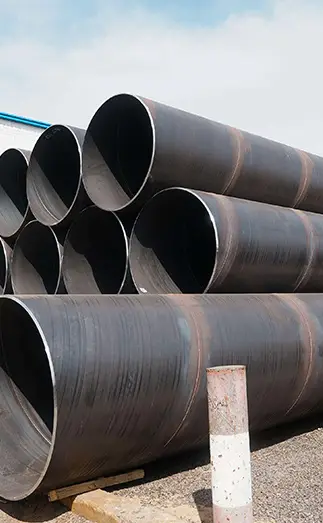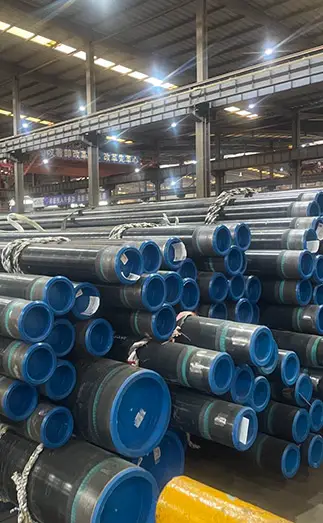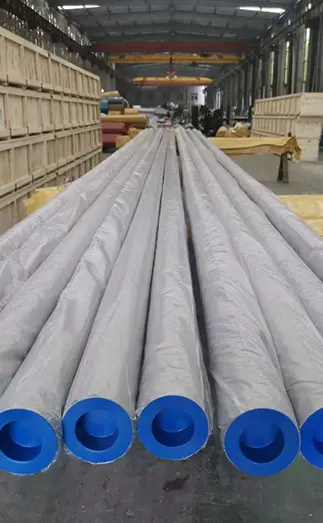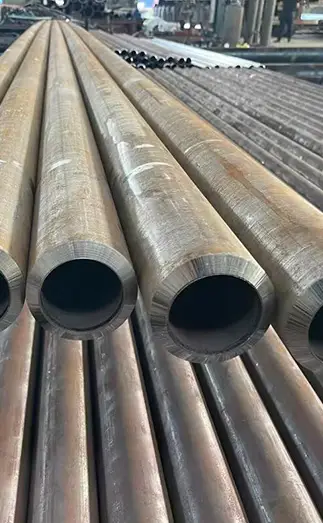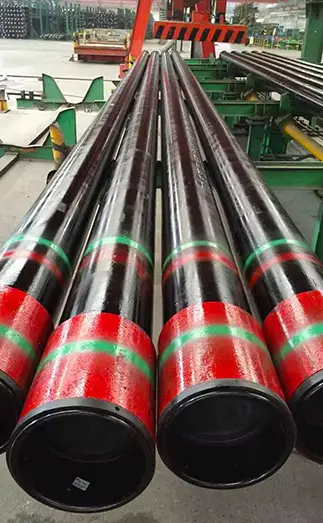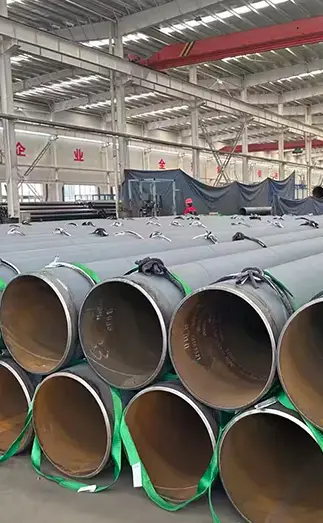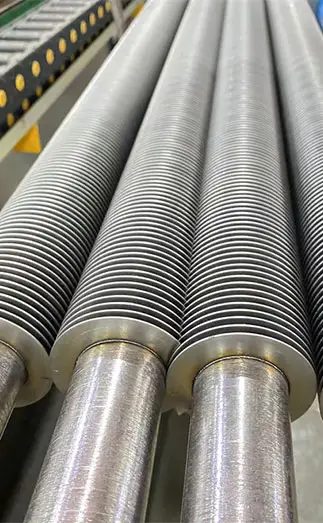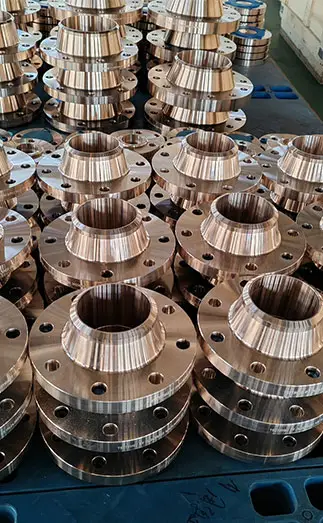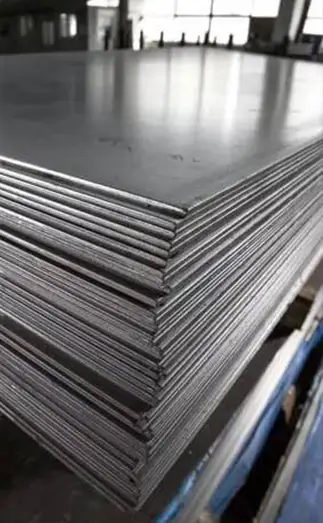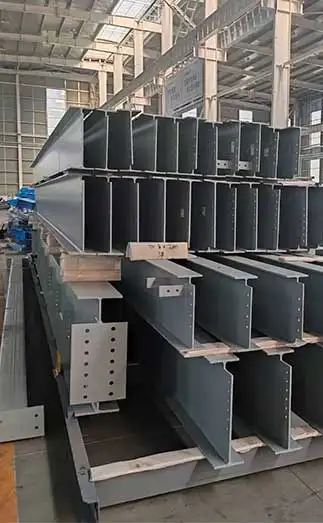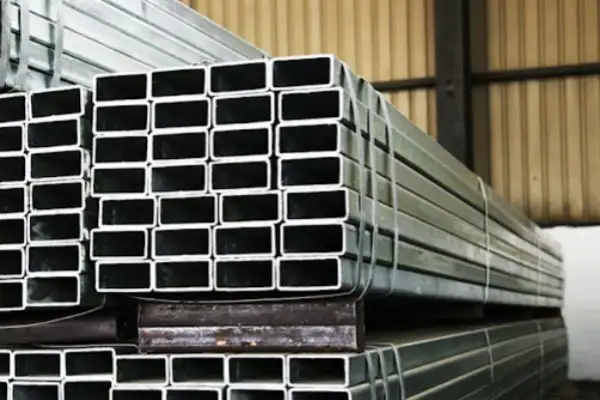The chemical industry places stringent demands on pipe flange performance, requiring careful consideration of material selection, corrosion resistance, pressure tolerance, and sealing integrity. Below is an overview of commonly used pipe flange types in chemical applications, along with their functional features and suitability.
Super Steel Manufacturing Co.,Ltd is professional OCTG pipes manufacturer, for more details, please contact:sales@super-steels.com
Material Selection
Flanges used in the petrochemical and chemical industries are typically made from:
Titanium: Known for its exceptional corrosion resistance, lightweight, and high-temperature tolerance, titanium flanges are ideal for handling highly corrosive fluids under elevated temperature and pressure conditions.
Stainless Steel: Suitable for general chemical processes involving corrosive media, especially grades like 304 and 316.
Carbon Steel: Cost-effective for non-corrosive and low-demand environments, such as air, water, or inert gas systems.
Flange Connection Methods
Bolted Connection
Most common method
Versatile and suitable for a wide range of applications
Threaded Connection
Suitable for low-pressure and small-diameter pipelines
Quick to install and disassemble
Welded Connection
Offers high strength and sealing performance
Preferred in high-pressure and hazardous chemical environments
Classification by Flange Structure
1. Welding Neck Flange (WN)
Best suited for: High-pressure, high-temperature, and hazardous media (e.g., oil, gas, acids, alkalis)
Features:
Butt-weld neck design ensures superior strength and fatigue resistance
Pressure rating: PN16–PN420 (Class 150–2500)
Materials: Stainless steel (304/316), alloy steel (e.g., 15CrMo)
2. Slip-On Flange (SO)
Best suited for: Medium to low-pressure applications (PN ≤ 16), such as cooling water or low-pressure steam
Features:
Easy to align and weld
Economical, but less pressure-resistant
Not ideal for systems with vibration or large thermal variation
3. Socket Weld Flange (SW)
Best suited for: High-pressure, small-diameter pipelines (DN ≤ 80mm), including instrument lines and chemical dosing
Features:
Internal socket weld for strong sealing
Difficult to disassemble
Not recommended for corrosive fluids due to weld gap fluid accumulation
4. Threaded Flange (TH)
Best suited for: Low-pressure, non-welding systems, such as temporary setups or fire protection lines
Features:
Fast installation via threaded connection
Easy to leak, poor performance under vibration or thermal stress
5. Lap Joint Flange
Best suited for: Corrosive environments or frequent disassembly, such as plastic-lined pipelines
Features:
Rotatable flange ring for easy bolt alignment
Compatible with replaceable linings (e.g., PTFE, PP)
6. Blind Flange (BL)
Best suited for: End closures or maintenance isolation
Features:
No center opening
Withstands high pressure, often paired with butt-weld flanges
Sealing Face Types
Flange sealing surfaces vary depending on the pressure and media involved:
|
Sealing Face Type
|
Description & Application
|
|
Flat Face (FF)
|
For low-pressure systems, simple sealing surface
|
|
Raised Face (RF)
|
Most commonly used; supports non-metallic gaskets (e.g., asbestos rubber); suitable for PN16–PN40
|
|
Tongue and Groove / Male-Female (TG/MF)
|
Provides improved alignment and sealing; used in toxic or high-risk media
|
|
Ring-Type Joint (RTJ)
|
For high-pressure, high-temperature applications (PN100 and above); uses metal gaskets for superior sealing
|
Conclusion
In the chemical industry, the welding neck flange (WN) remains the most widely used type, especially when combined with stainless steel or alloy steel materials. RF (Raised Face) and RTJ (Ring-Type Joint) sealing surfaces are preferred, depending on the pressure level and process risk.
In highly corrosive environments, plastic-lined or special alloy flanges should be used to ensure safety and longevity. The final selection must take into account the working medium, operating pressure, temperature conditions, and overall cost-performance balance, to ensure optimal system reliability.



 English
English Español
Español Français
Français بالعربية
بالعربية